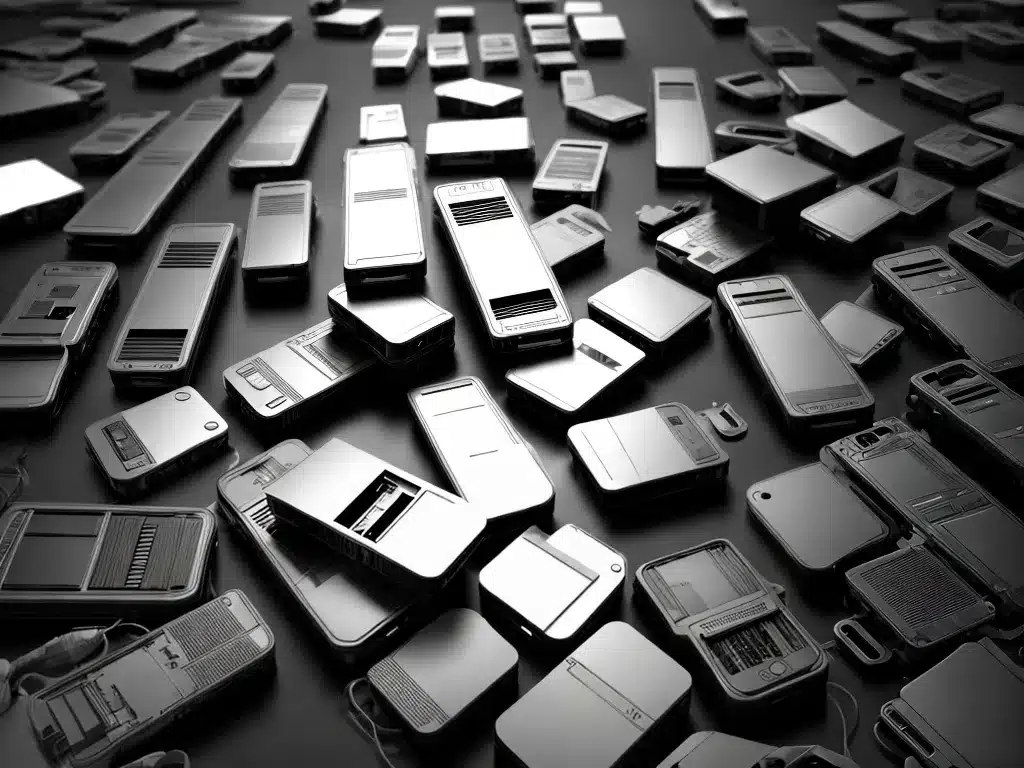Backing up your important files is crucial to avoid losing your data if your computer crashes or is compromised in some way. However, sometimes even backups can become corrupted and fail to restore your files properly when you need them most. As frustrating as this situation is, there are several steps you can try to recover your lost files from a corrupt backup.
1. Try Restoring the Backup Again
Sometimes backup software can have a hiccup that causes the restoration process to fail, even though the backup file itself is fine. Before assuming the worst, try restoring the backup again using your backup software. Make sure to choose a different location than the original restore attempt so any partially restored files don’t overwrite the backup.
If the backup software shows errors or fails to restore properly a second time, then it’s likely there is some corruption in the backup file itself. But repeating the restore process is always worth a try as a first step.
2. Use Backup Recovery Software
If repeating the standard restoration process doesn’t work, your next step should be to try third-party backup recovery software. These specialized tools are designed to help recover files from corrupted backups created by programs like Apple Time Machine, Windows Backup, Acronis, and more.
Some top backup recovery software options include:
-
Stellar Data Recovery – Works with backups from Time Machine, File History, and other backup tools. Has different tiers based on how deep of scans you need.
-
EaseUS Data Recovery – Designed to recover from backups created by a wide variety of popular software. Free trial available.
-
Ontrack EasyRecovery – Uses advanced deep scanning to recover lost files from corrupt backups or damaged media.
The key when using these tools is to avoid overwriting your corrupt backup file as the software scans and attempts to recover files from it. So be sure to save any recovered files to a different drive than the location of the backup.
3. Send to a Data Recovery Service
For extremely critical backup files, you may need to turn to a professional data recovery service for help. These services have access to advanced labs and clean room facilities to physically repair drives and recover data. This is the most expensive option but can work when all else fails.
Some reputable data recovery companies that can recover backup files include:
-
Drivesavers – Well-known recovery service that’s been around for over 30 years. Offers free evaluations.
-
Gillware – Mail-in recovery service with a focus on transparent pricing and top customer service.
-
Secure Data Recovery – Service specializing in corrupted backup recovery using advanced techniques.
The high costs of data recovery services underline why it’s so important to maintain good backups. But even reliable backup processes sometimes fail. Following these tips can help you recover your files should you ever face a corrupted backup situation. Let me know if you have any other questions!













